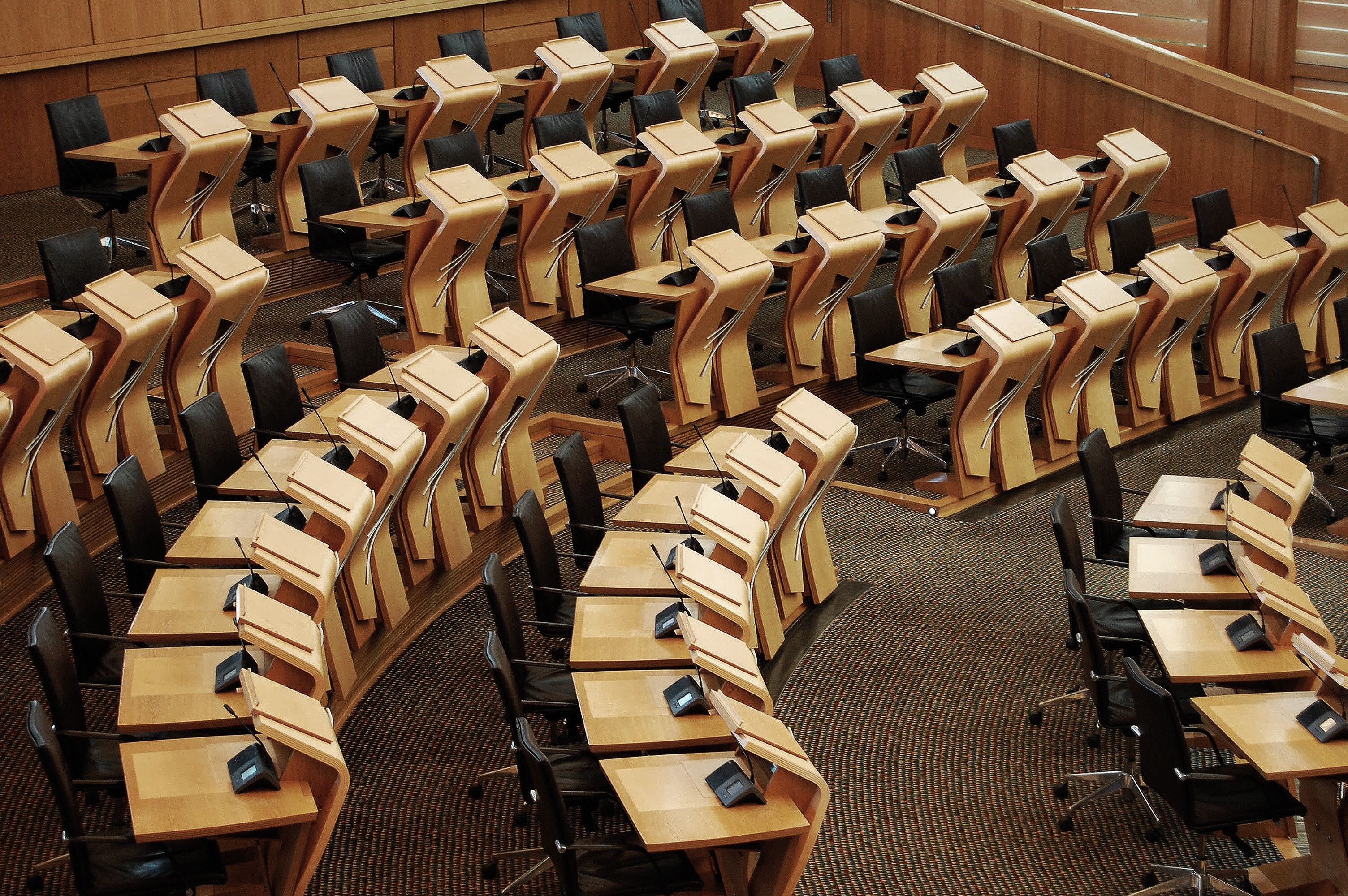Set carbon and material consumption reduction targets
Set carbon and material footprint targets to drive the circular economy and reduce climate emissions.
In Scotland we use more than twice the sustainable limit of materials but the impact of this consumption on people and the environment is often hidden. Imports are not included in Scotland’s existing climate targets. Only by accounting for our global impact, can Scotland play its part in a truly sustainable future. Consumption reduction targets are vital to reduce the amount of materials consumed by Scotland to sustainable levels, and enable the shift to a more circular economy. When the Scottish Government consulted on the Circular Economy Bill in 2022, 86% of responders supported consumption reduction targets.228
In Scotland, we consumed over 100 million tonnes of materials in 2018 alone229 and globally, material consumption exceeded sustainable limits decades ago.230 Material consumption reduction targets, as well as carbon-based ones, are vital because climate change is not the only ecological crisis that we face – there are many, from biodiversity loss to soil erosion. These crises share a common underlying cause – overconsumption of the Earth’s natural resources.
In the same way that we have targets for territorial emissions of climate change gases, Scotland should set targets for the amount of materials used and the carbon content of our consumption of goods and services. The headline indicator of progress towards a Circular Economy must provide an indication of what is environmentally sustainable and measure material consumption. Both carbon impacts and material consumption must be reduced so two headline targets are required. These targets should be statutory and science-based.
The overall aim of Scotland’s circular economy should be to reduce material consumption to sustainable levels in a just and fair way as fast as possible and by 2045 at the latest.
Carbon-based consumption targets – Scotland should adopt a greenhouse gas emissions-based target to reduce Scotland’s carbon footprint to zero by 2045, with an interim target to reduce Scotland’s carbon footprint by 75% by 2030 based on 1998 levels. Without targets to guide our actions, Scotland will not achieve our climate goals, on which our future depends. This target is the minimum which the science tells us must be achieved by Scotland if we are to stay within the 1.5 degree goal of the Paris Agreement.
Material-based consumption targets – Scotland should adopt a materials-based target to reduce Scotland’s material consumption by 57% (8 tonnes per person) by 2045, with an interim target to reduce material consumption by 30% (13 tonnes per person) by 2030 based on 2017 levels
Targets should be set in the primary legislation of the Circular Economy Bill, with a requirement on Ministers to report to Parliament on progress towards carbon targets annually, as is required for domestic carbon emissions under climate change legislation. The targets should cover all of Scotland’s material use, not just wasted material. Wasted material accounts for 12% of the 100Mt total material consumed by Scotland in 2018 and 15% of the carbon in our materials.231 Along with carbon consumption reduction targets, these would complement Scotland’s existing climate targets, which aim to reduce domestic emissions.
For further information:
- Response to the circular economy bill consultation, FoE Scotland, 2022, https://foe.scot/resource/response-to-the-circular-economy-bill-consultation/
- See also the ‘Consumption emissions’ policy in the Cross-cutting policies chapter.
Delivering Scotland’s circular economy: Proposed Circular Economy Bill – Consultation analysis, Scottish Government, 2022, https://www. gov.scot/publications/delivering-scotlands-circular-economy-proposed-circular-economy-bill-consultation-analysis/
Material Flow Accounts, Zero Waste Scotland, March 2023, https://www.zerowastescotland.org.uk/resources/material-flow-accounts-mfa
National responsibility for ecological breakdown: a fair share assessment of resource use 1970-2017, Hickel et al., 2022, https://www. thelancet.com/journals/lanplh/article/PIIS2542-5196(22)00044-4/fulltext
Material Flow Accounts, Zero Waste Scotland, March 2023, https://www.zerowastescotland.org.uk/resources/material-flow-accounts-mfa & Scotland’s Carbon Footprint: 1998-2019, Scottish Government, 2023, https://www.gov.scot/news/scotlands-carbon-footprint-1998-2019/

